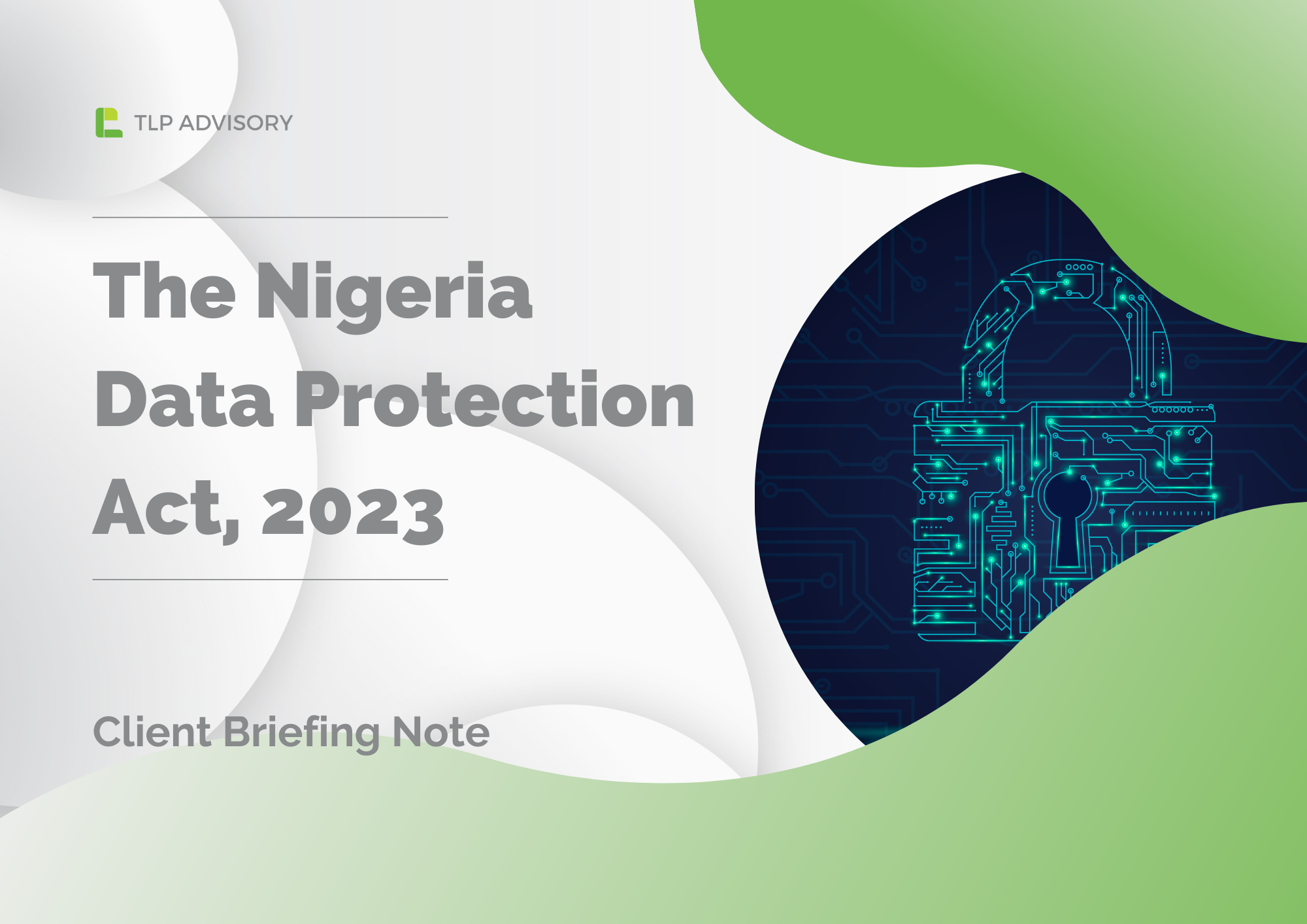
The desired end result of the dance performed by a founder and an investor is for the founder to get the investor to believe in her/him, and provide the funding required to develop her/his product to the extent he is able to attract sufficient business for both founder and investor to be financially rewarded.
The desired end result of the dance performed by a founder and an investor is for the founder to get the investor to believe in her/him, and provide the funding required to develop her/his product to the extent he is able to attract sufficient business for both founder and investor to be financially rewarded.
Broad though it is, I will attempt to discuss this topic within the ambit of the two considerations that are crucial to an investor’s decision to invest in a startup namely;
(i) an attractive product/concept; and
(ii) a superior management team
Number two is perhaps the most important factor. You will recall that I had mentioned at the beginning of this post that the reason an investor is putting money into a venture is a belief in the founders.
As such, I will be writing about the underlying interests which the investor seeks to protect and how best to achieve these from a legal perspective:
Existing arrangements to demonstrate the commitment of the founders to the venture
The key consideration here is the existence of a Vesting Agreement that requires the founders to “earn” their ownership over a determined period. We wrote extensively on the concept of “vesting” of ownership of the venture in the founders; I encourage you to read through that article if you are yet to do so.
Equity amongst founders
Where there is more than one founder in a venture, the investor wants to ascertain the balance of incentives amongst the founders’ with respect to their respective “ownership” interests in the venture. An investor’s preference is for a balanced distribution amongst the founders (as far as practicable, given the peculiarities of the venture), or at least an interest sufficiently distributed to keep each co-founder interested. In other words, a convincing Capitalization (Cap) Table that shows adequate incentives for each co-founder.
Intellectual Property rights
An idea or concept “on paper”, regardless of how viable it appears, has less value than an ‘actual’ product. Hence, ‘proof of concept’ of the business idea is key. Related to this is the requirement for an investor to be satisfied that the entrepreneur’s idea is protected under the relevant Intellectual Property laws, preferably in the company’s name, and not the founders’ names. Funkola has done a great job of explaining how IP rights are assigned to the company and protected .
Non-Compete/Exclusivity arrangements
Because of the need to ensure that the development of the concept is not hindered, an investor would typically require the founders to execute non-compete and exclusivity agreements. The primary objective is to prevent a founder who breaks her/his commitment to the startup from exploiting the resources and knowledge associated with the startup in another business which would then be in competition with the startup the investor had originally funded based on the assumption that this “leaving” founder would be a part of it for the long haul.
Information Asymmetry
This arises where one party in a transaction (in this case the entrepreneur) has more or superior information compared to the other party (the investor). To manage this, the investor usually undertakes an extensive due diligence on the startup comprising accounting, financial, tax, legal and management due diligence. It is noteworthy that the extent to which a due diligence report may be relied on is limited by the fact that
(i) the bulk of the information is provided by the founders and
(ii) the extent to which such information can be independently verified
As a result, investors would typically negotiate for extensive representations, warranties and indemnities, as these are the first recourse in the event of any liabilities arising from the contract with the founders. The preference of the investor would be that such representations and warranties are without caps or ceilings, that there be high figures for indemnity and that there be an extensive time frame within which a claim can be made. On the other hand, founders would obviously prefer narrow and qualified representations & warranties, with a cap on indemnities and a limited operational time frame.
Control Issues
On the surface level, it might appear that both founders and investor have the same objective, i.e. the profitability of the startup. But often, the reality is that the probability of conflict exists, because the short-term or immediate interests of the parties may not always align. As such, the Investor would be concerned with such issues as; information asymmetry; the performance of the entrepreneurs/management; the proper use of funds, amongst others.
The following are some of the means investors typically use to protect their interests.
- Tranching/Staging of investment: The Investor’s obligation to continue its investment in the venture is subject to the startup’s achievement of certain pre- determined and agreed milestones
- Board Representation: The investor is typically entitled to board representation by virtue of its shareholding, with its director having veto power with regards to decisions directly affecting its holding such as; issuance of new shares, change in company’s business or objects and changes to the management team.
- Right to force a sale of the company: i.e. drag-along rights
- Right to be included in a sale of the company: i.e. tag-along rights
- Time and performance vesting of a percentage of entrepreneurs shares with clawback/forfeiture provisions
- Default control remedies: may include any or a combination of board control, default warrants or reduced conversion price, increased dividend, and accelerated redemption of preferred stock.
This is by no means an exhausitive treatment of the subject. But the above should give some idea of the legal issues and commercial considerations that guide an investor’s decision to invest in a startup and the manner of such investment.
Whilst the focus of today’s discussion has been the perspective of an investor, it is important for founders to bear in mind that a business deal with an investor is one which they may have to live with for a considerable length of time. Accordingly, in giving ground to the investors, it is important for founders to draw the line at the point when the deal no longer makes sense! Do not go to bed with an investor you do not trust and are not comfortable with.






